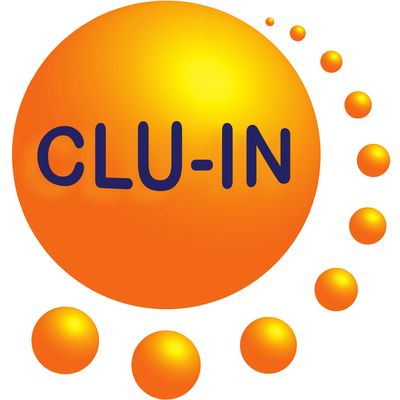Since 1998, The Contaminated Site Clean-Up Information (CLU-IN) website has presented Internet Seminars covering a wide variety of technical topics related to hazardous waste characterization, monitoring, and remediation. For each seminar topic, we have selected the highest-quality offering for placement in our archives. Beginning in May 2005, we began offering these archives via podcast, and this feed contains all seminars archived in the last 6 months. For a complete list of seminars archived since 2000 and videos of selected seminars archived since 2012, please visit http://clu-in.org/live/archive/. Our Rehabilitation Act Notice for reasonable accommodation is available at http://clu-in.org/training/accommodation.cfm. CLU-IN was developed by the U.S. Environmental Protection Agency (EPA) but is intended as a forum for all waste remediation stakeholders. For more information and to view upcoming live offerings, please visit http://clu-in.org/live/. For a complete list of RSS feeds available on CLU-IN, please visit http://clu-in.org/rss/about/.
http://www.clu-in.org/live/archive
Audio for "Soil Sampling and Decision Making Using Incremental Sampling Methodology - Part 2," Nov 10, 2015
When sampling soil at potentially contaminated sites, the goal is collecting representative samples which will lead to quality decisions. Unfortunately traditional soil sampling methods don't always provide the accurate, reproducible, and defensible data needed. Incremental Sampling Methodology (ISM) can help with this soil sampling challenge. ISM is a structured composite sampling and processing protocol that reduces data variability and provides a reasonable estimate of a chemical's mean concentration for the volume of soil being sampled. The three key components of ISM are systematic planning, field sample collection, and laboratory processing and analysis. The adequacy of ISM sample support (sample mass) reduces sampling and laboratory errors, and the ISM strategy improves the reliability and defensibility of sampling data by reducing data variability. ISM provides representative samples of specific soil volumes defined as Decision Units. An ISM replicate sample is established by collecting numerous increments of soil (typically 30 to 100 increments) that are combined, processed, and subsampled according to specific protocols. ISM is increasingly being used for sampling soils at hazardous waste sites and on suspected contaminated lands. Proponents have found that the coverage afforded by collecting many increments, together with disciplined processing and subsampling of the combined increments, yields consistent and reproducible results that in most instances have been preferable to the results obtained by more traditional (e.g. discrete) sampling approaches. This 2-part training course along with ITRC's web-based Incremental Sampling Methodology Technical and Regulatory Guidance Document (ISM-1, 2012) is intended to assist regulators and practitioners with the understanding the fundamental concepts of soil/contaminant heterogeneity, representative sampling, sampling/laboratory error and how ISM addresses these concepts. Through this training course you should learn: basic principles to improve soil sampling results systematic planning steps important to ISM how to determine ISM Decision Units (DU) the answers to common questions about ISM sampling design and data analysis methods to collect and analyze ISM soil samples the impact of laboratory processing on soil samples how to evaluate ISM data and make decisions In addition this ISM training and guidance provides insight on when and how to apply ISM at a contaminated site, and will aid in developing or reviewing project documents incorporating ISM (e.g., work plans, sampling plans, reports). You will also be provided with links to additional resources related to ISM. The intended users of this guidance and training course are state and federal regulators, project managers, and consultant personnel responsible for and/or directly involved in developing, identifying or applying soil and sediment sampling approaches and establishing sampling objectives and methods. In addition, data end users and decision makers will gain insight to the use and impacts of ISM for soil sampling for potentially contaminated sites. Recommended Reading: We encourage participants to review the ITRC ISM document (http://www.itrcweb.org/ISM-1/) prior to participating in the training classes. If your time is limited in reviewing the document in advance, we suggest you prioritize your time by reading the Executive Summary, Chapter 4 "Statistical Sampling Designs for ISM," and Chapter 7 "Making Decisions Using ISM Data" to maximize your learning experience during the upcoming training classes. To view this archive online or download the slides associated with this seminar, please visit http://www.clu-in.org/conf/itrc/ISM_111015/
